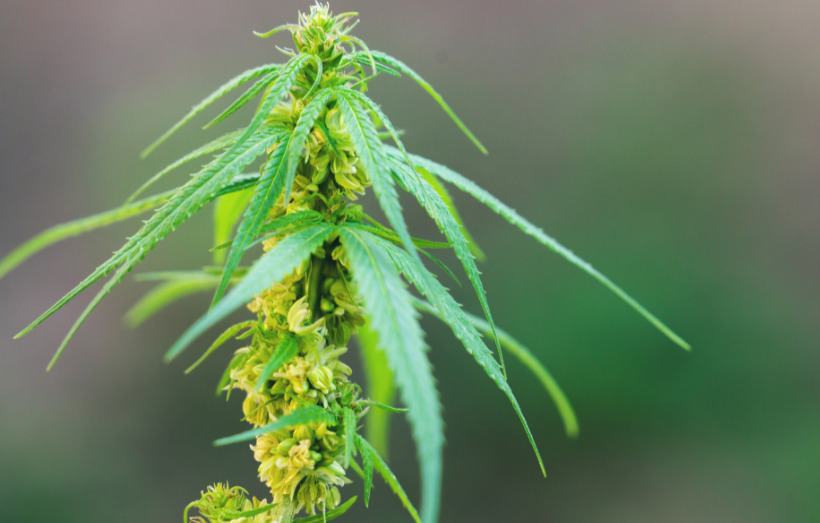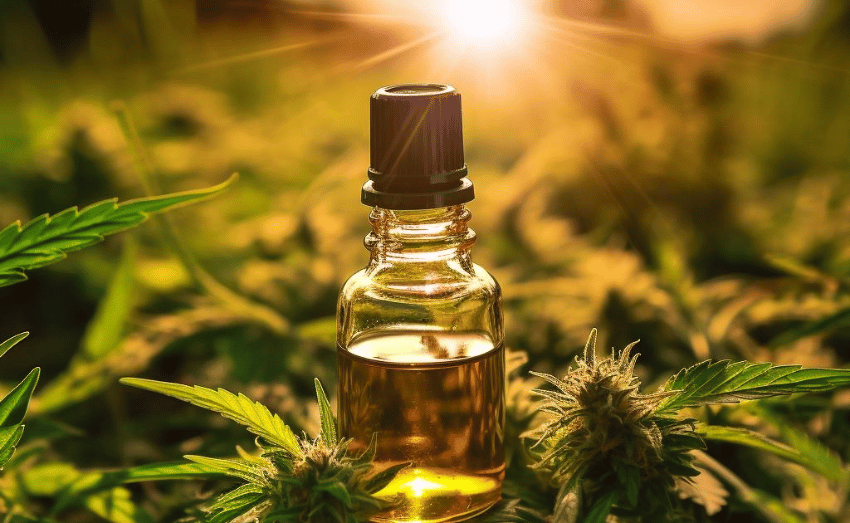When it comes to selecting the right type of cannabis, you’re likely to encounter three primary categories: Indica, Sativa, and Hybrid. With so much information available, it can be challenging for beginners to determine which strain is most suitable for their needs. To guide you through this process, we will delve into the distinguishing characteristics of each strain and provide scientific evidence and expert opinions to help you make an informed choice.
Indica, Sativa, or Hybrid: What’s the Difference?
Indica, Sativa, and Hybrid are the three primary categories of cannabis strains, each with its unique characteristics and effects. Understanding the differences between these strains is essential for beginners who wish to make an informed choice. Let’s dive deeper into each category and provide a piece of more in-depth knowledge.
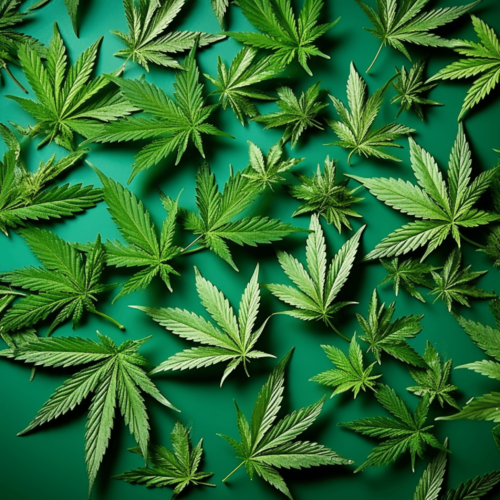
Indica Strains
Derived from the Cannabis indica plant, Indica strains are known for their calming and sedating effects, making them an ideal choice for relaxation and stress relief. They have a short and bushy stature with broad leaves.
- Effects: Indica strains tend to be more sedative, providing a “body high.” They can help with relaxation, stress relief, and pain management. This calming effect is often referred to as “couch lock,” where users may feel too relaxed to move. Indica strains are typically recommended for evening use.
- THC and CBD Levels: Indica strains usually have a higher level of THC, the psychoactive compound responsible for the “high” feeling, compared to CBD. The high THC levels contribute to the pain-relieving effects of Indica strains, making them popular among medical marijuana patients.
- Terpenes: These are aromatic compounds found in cannabis that contribute to the flavor and smell of the strains. In Indica strains, the terpenes often produce earthy, musky, and skunky aromas. Some common terpenes in Indica strains include myrcene and linalool, which are known for their relaxing and calming effects.
- Uses: Due to their relaxing and sedative properties, Indica strains are often used to help with insomnia, anxiety, and pain relief.
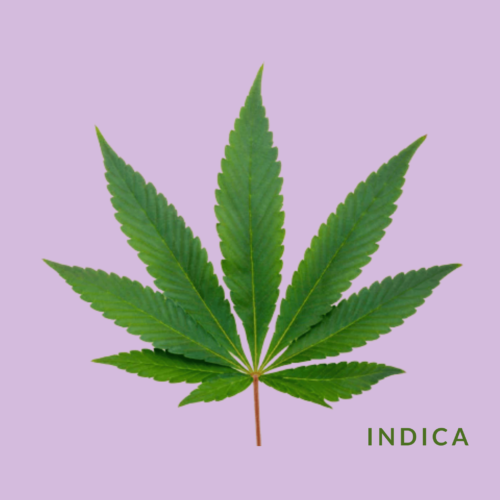
Sativa Strains
Sativa strains originate from the Cannabis sativa plant and are known for their uplifting and energizing effects. They have a taller and leaner stature with narrow leaves.
- Effects: Sativa strains tend to provide a “head high,” stimulating creativity, focus, and energy. They can elevate mood and increase alertness, making them suitable for daytime use.
- THC and CBD Levels: Sativa strains usually have a higher level of THC compared to CBD, leading to more psychoactive effects.
- Terpenes: Sativa strains often have terpenes that produce citrusy, fruity, and sweet aromas. Common terpenes include limonene and pinene, known for their energizing and uplifting effects.
- Uses: Due to their stimulating and energizing properties, Sativa strains are often used to help with depression, fatigue, and mood disorders.
- Scientific Research: Studies have shown that Sativa strains can stimulate the release of serotonin, a neurotransmitter involved in mood regulation, appetite, sleep, and cognitive functions.

Hybrid Strains
Hybrid strains combine the genetics of both Indica and Sativa strains, allowing users to experience a balanced blend of effects. Hybrids can be Indica-dominant, Sativa-dominant, or a balanced mix.
- Effects: Hybrid strains offer a mix of both Indica and Sativa effects, depending on the dominant strain. They can provide relaxation, pain relief, creativity, and energy simultaneously.
- THC and CBD Levels: Hybrid strains may have a balanced ratio of THC to CBD or favor one over the other, depending on the parent strains.
- Terpenes: Hybrid strains can have a diverse range of terpenes, resulting in various aromas and flavors.
- Uses: Due to their balanced effects, Hybrid strains are versatile and suitable for a wide range of users. They can be tailored to individual preferences and needs, offering both relaxation and energy.
It’s essential to note that the effects of cannabis strains can vary depending on factors such as dosage, tolerance, and method of consumption. Consult with healthcare professionals and cannabis experts to find the most suitable strain for your needs.

How Do I Choose Between Indica, Sativa, and Hybrid Strains?
The choice between Indica, Sativa, and Hybrid strains ultimately depends on your personal preferences and desired effects. If you’re looking for relaxation and stress relief, an Indica strain may be more suitable. Conversely, if you need a boost of energy and creativity, a Sativa strain might be more appropriate.
For a balanced blend of effects, consider a Hybrid strain. Before selecting a strain, consider the following factors:

- Desired effects: Evaluate the effects you’re seeking, whether it’s relaxation, focus, creativity, or pain relief. Tailor your choice of strain to your specific needs.
- Tolerance: Your tolerance to THC and CBD will influence how you experience the effects of cannabis. Beginners may prefer strains with lower THC levels or a balanced THC-to-CBD ratio.
- Method of consumption: The mode of consumption, whether through smoking, vaping, edibles, or tinctures, can affect the onset, duration, and intensity of the effects.
- Time of day: Consider the time of day when using cannabis. Indica strains may be more suitable for evening use, while Sativa strains may be better suited for daytime use.
- Expert opinions: Consult with medical professionals, dispensary staff, or experienced cannabis users for recommendations tailored to your needs and preferences.
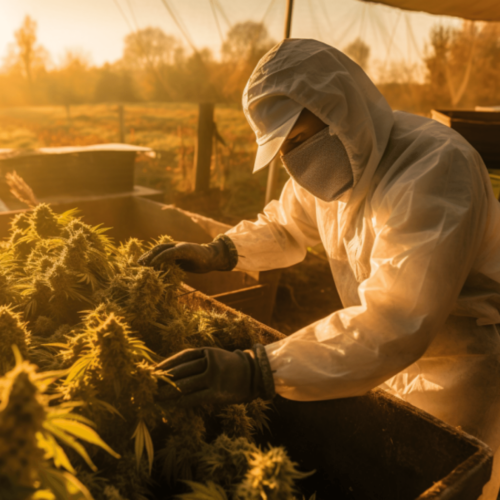
Conclusion
In the cannabis journey, there’s no universal ‘best.’ It’s about finding what resonates with you. While Indica might be the soothing lullaby for some, others might seek the energizing rhythm of Sativa. And then, there are hybrids, offering a harmonious tune.
Everyone’s body and mind interpret cannabis uniquely, influenced by factors like metabolism and personal chemistry.
FAQs
What is the strongest sativa or hybrid strain?
The term “strongest” can refer to the strain’s THC content, its effects, or other attributes. As of my last update in 2021, strains like “Strawberry Cough” and “Ghost Train Haze” are among the most potent sativas in terms of THC content. For hybrids, “Girl Scout Cookies” and “Bruce Banner” have been noted for their high THC levels. However, it’s essential to note that cannabis cultivation is an evolving field, and new potent strains can emerge. Always consult dispensary listings or industry updates for the most current information.
Does sativa make you laugh?
Sativa strains are often associated with uplifting and cerebral effects, which can lead to heightened sociability and a euphoric mood. This heightened sense of joy and relaxation can make some users more prone to laughter. However, individual reactions can vary based on the specific strain, its chemical profile, the user’s tolerance, and their personal biochemistry.
What strain has the longest-lasting high?
The duration of the effects from a cannabis strain can vary based on several factors, including the strain’s chemical profile, the user’s tolerance, and the consumption method. However, strains such as “Wedding Cake” and “Durban Poison” have been reported by users to produce long-lasting effects. It’s essential to remember that individual experiences may differ, and factors like dosage and method of consumption can influence the duration of the high.
What strain is 100% indica?
Pure or landrace Indica strains are those that have not been crossbred with sativa plants. Examples include “Afghani”, “Hindu Kush”, and “Northern Lights”. These strains have their origins in specific regions and have been cultivated for their unique characteristics. However, with the increasing crossbreeding in cannabis cultivation, entirely pure strains are becoming rarer in commercial markets.
What tastes better, sativa or indica?
Taste is subjective, and preferences can vary widely among users. Sativas often have a lighter, more citrusy, or fruity flavor profile due to their terpene content, while Indicas might lean towards earthy, musky, or piney notes. Factors influencing taste include the strain’s terpene profile, growing conditions, and curing processes. It’s advisable to sample different strains and decide based on personal preference



































